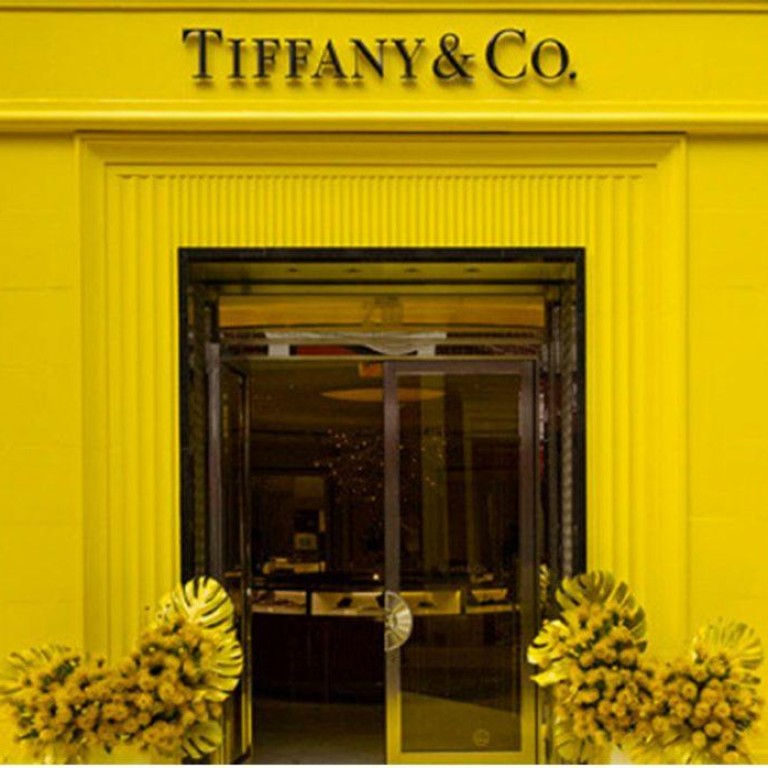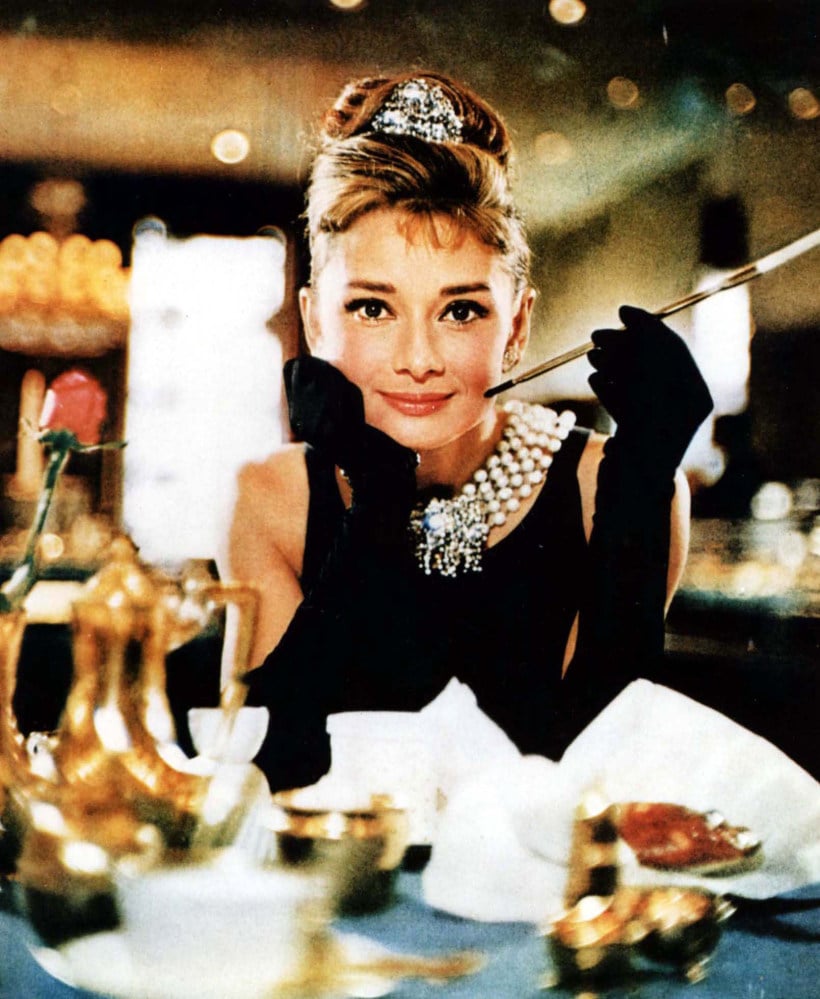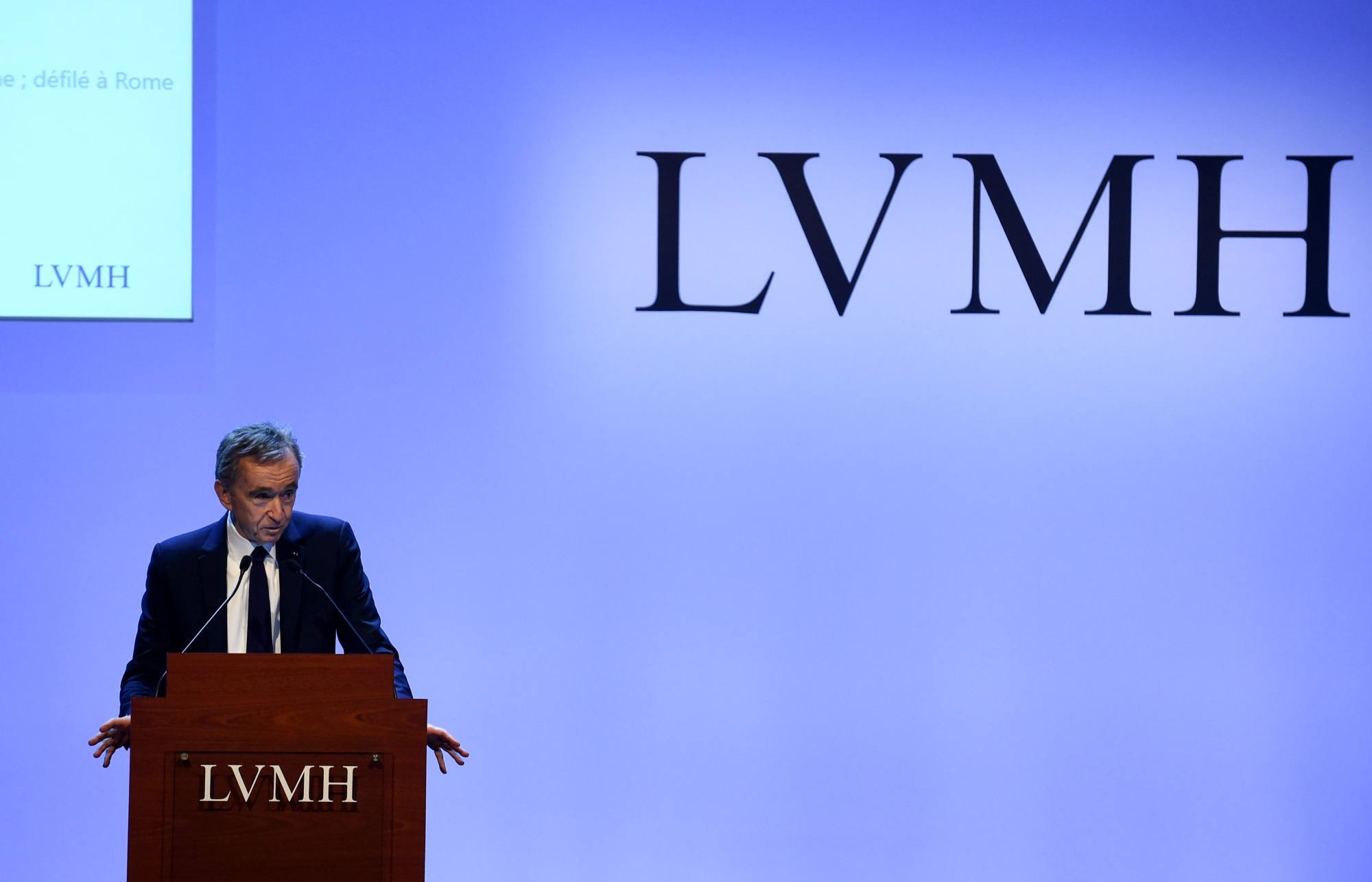Could Tiffany & Co. win over Gen Z by trading robin’s egg blue for yellow? LVMH’s jewellery brand takes on Cartier in China

When it comes to Tiffany & Co., two things probably spring to mind: Audrey Hepburn’s leading role in the film Breakfast at Tiffany’s and the brand’s robin egg blue packaging. Rather than having a signature product, the jeweller has relied on its trademark colour for its brand identity. So when the parent company LVMH’s recently adopted a vibrant yellow for Tiffany on April Fool’s Day, it was an unexpected jolt to say the least.
How to bling up like Golden Globe-winner Anya Taylor-Joy

When the jewellery house unveiled its bold new Acqua Di Parma packaging on Instagram, the internet went into meltdown mode. Then, a month later, it opened a pop-up store in Beverly Hills without any sign of the brand’s beloved blue. Instead, everything – from furniture to shopping bags – was resplendent in yellow.
Tiffany recently joined LVMH’s Watches and Jewellery Division, where its stablemates include Bulgari, Chaumet, Zenith, Fred and Tag Heuer. The luxury group certainly waved its magic wand over the Italian jeweller Bulgari (acquired by the French conglomerate in 2011), doubling its revenue over the last decade. Now, we ask, is Tiffany on track for the same result?
The one thing LVMH and Tiffany & Co. have in common? China
Does a yellow Tiffany appeal to local Gen Zers?
In an era of seemingly endless possibilities, from cross collaborations to hi-tech installations, young spenders are constantly chasing the unexpected. The sudden change of brand identity is excitement to Tiffany fans, and this transformation is earning impressive online traction. While some netizens are questioning the new shade, the move has helped the brand look “cool” among Gen Zers. For instance, on Weibo, user @mingqixiao commented that “the yellow they used is very fancy”. It is well known that Gen Zers appreciate change.
However, Sally Maier Yip, managing director of the Chinese marketing agency 11K Consulting, points out that any branding changes must be considered first. “It’s not a wise decision to dilute that iconic heritage image of Tiffany, as this is what Tiffany is known for, and that is why people are buying it,” she said. A complete colour transformation could be highly risky for the brand.

A brand’s identity is weakest when in a transitional period, and this is where Tiffany now sits, precariously. At such a moment, ambiguous communication can easily mislead consumers. Jenny Zhang, strategy director at the cross-cultural marketing agency Tong, asks: “The problem is, during this transition time, what value will Tiffany hold in the market?”
“If it is a departure from the old, it must balance modernity and heritage,” she adds. Indeed, one of the biggest advantages of Western brands is their legacy – something few local players have. And as much as Gen Z loves change, they are also nostalgic for the past and have a deep respect for traditions, culture and heritage.
Gaga to Dior: 5 yellow diamond pieces for autumn
Tiffany’s choice of yellow has a story behind it: the LA pop-up store features the historic 130-carat yellow diamond bought by founder Charles Lewis Tiffany in 1878. Hence, the bold and fresh lemon-coloured pop-up can combine legacy with newness to cater to young spenders.
Given what is at stake, board executives will surely have a clear vision of what Tiffany & Co. will look like, so they can fully support and market that message. Even a temporary change may have exceptional outcomes when it comes to attracting a new demographic.
Who wore US$2 million in jewels at the Oscars? 13 blinged-out A-list looks
Can Tiffany expect further expansion under LVMH?
The jeweller’s merger with the world’s biggest luxury conglomerate is expected to accelerate its presence in the China market. According to a UBS survey, local shoppers there already see Tiffany as a go-to jeweller – second only to Cartier. Its solid fan base helped during the Christmas period, when the brand saw 50 per cent sales growth in the domestic market (online sales soared by more than 80 per cent).
To further boost these sales, Andrea De Santis, associate partner at McKinsey & Co., says that one of LVMH’s priorities should be “to redesign price points and assortments to get closer to new customers’ exigencies”. Tiffany’s entry-level silver line (with a price point starting at US$150) has helped attract lower-wealth customers. But as Chinese consumers become more sophisticated, Tiffany will need to develop higher offerings and retain its aura of exclusivity to attract local high net worth consumers because, in the long term, cheaper products might harm the brand’s prestigious positioning.

HSBC has found that China will more than double its number of millionaires over the next five years and boost the size of the middle class by almost half – increasing what should be Tiffany’s target consumer base. But the label will need to up its game to cater to this growing cohort of wealthy people. One way LVMH hopes to capture them is by focusing more on the precious gemstone and gold categories these demographics tend to favour. And, with access to the LVMH’s expertise and global supply chain, we should expect Tiffany to expand into new categories like Bulgari and Cartier did with leather goods, or via Arnault’s favourite offering: cross-brand collaborations.
These strategies will take time to implement and may not bring immediate growth, but visible results are expected over the next five years, at least. The conglomerate undoubtedly has the patience and resources to attain its vision. In a video message to employees, chairman and CEO of LVMH, Bernard Arnault, confirmed this when he said: “We will [also] prioritise Tiffany’s long-term desirability over short-term constraints.”
What jewellery brands did A-listers rock at the Golden Globes?
Will it pay off in China?
Undoubtedly, Tiffany has the potential to grow in China, thanks to LVMH’s local market partners and expertise. But to stay relevant, Zhang suggests it must be a forerunner in China, like how “Cartier was one the first luxury jewellery brands to live-stream on Taobao.”
The local market has many shopping festivals and channels, but brands do not necessarily need to be present in them all. Tiffany could gain more by celebrating less conventional occasions while still aligning with their own brand identity, which would put the luxury maison in an interesting spot.
And although the colour change is expected to be temporary, it’s worth remembering that a brand’s packaging should never be more eye-catching than the product. More worrying, Tiffany lacks a statement product that is as recognisable as its blue box. These “go-to pieces” are especially needed to acquire new buyers, as a hero product can tap more demographics and increase brand recognition.

Still, the creation of iconic pieces is time-consuming, and needs consistency and impressive marketing effort. A good example is Burberry’s “Bojie” project, which saw it collaborate with young artists to create online art installations related to its Olympia bag.
Why did Meghan wear Princess Diana’s jewellery for the Oprah interview?
The LVMH/Tiffany alliance is a clear win-win scenario for both parties. LVMH has further strengthened its supremacy in the US$285.1 billion luxury sector, while Tiffany is now predicted to dominate its closest rival, Cartier. “I have no doubt they will succeed, as they know the spaces and the partnership,” states Zhang.
Indeed, if LVMH can provide Tiffany with the resources and expertise to accelerate its growth, the French conglomerate may pose a significant threat to its famous jewellery counterpart.
Want more stories like this? Sign up here. Follow STYLE on Facebook, Instagram, YouTube and Twitter.

- Audrey Hepburn is the unofficial OG face of the brand while new ambassadors include K-pop star Rosé from Blackpink, Jackson Yee and Anya Taylor-Joy
- Cartier was one of the first jewellery brands to live-stream on Taobao while Burberry collaborated with artists for a campaign – how can Tiffany stand out?